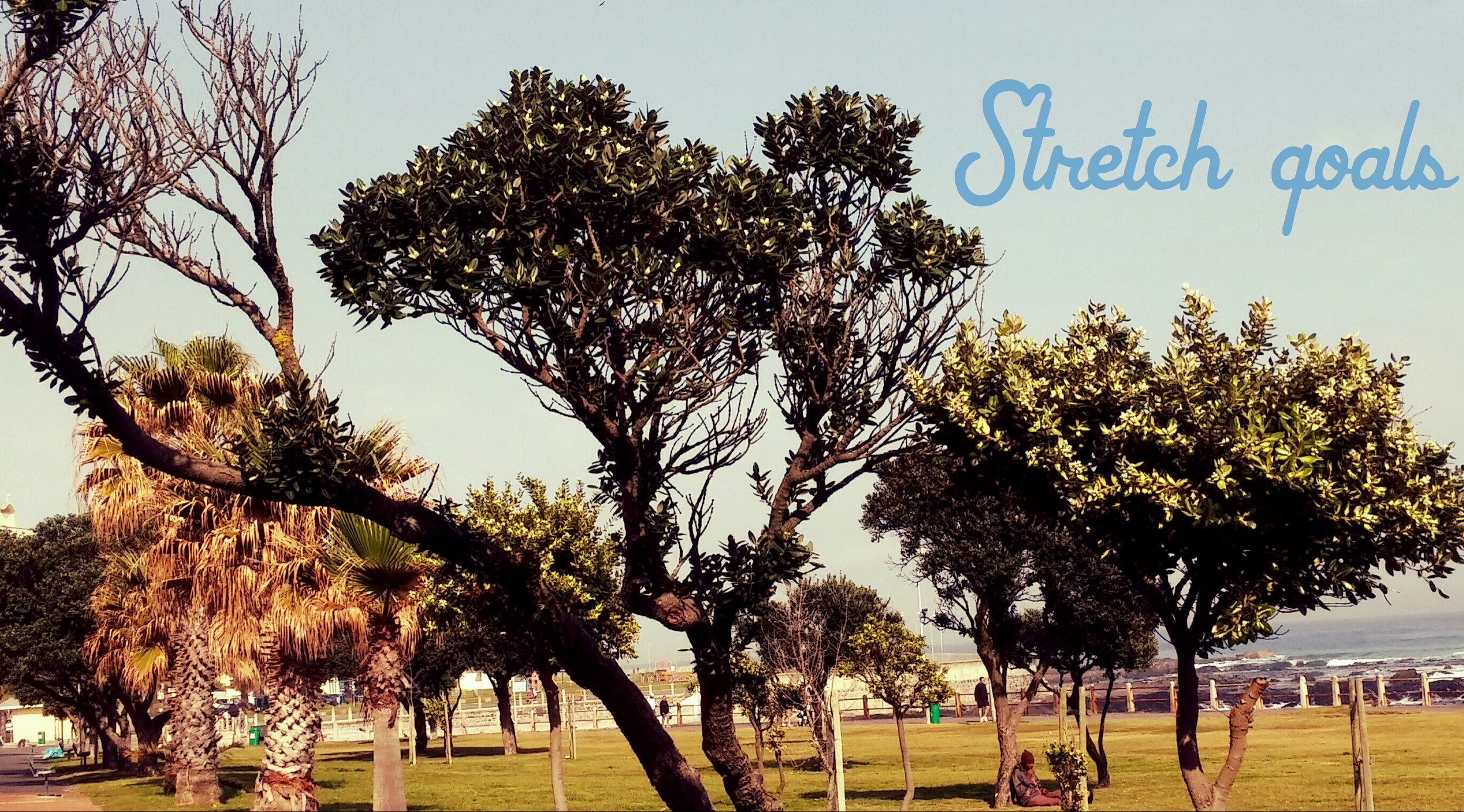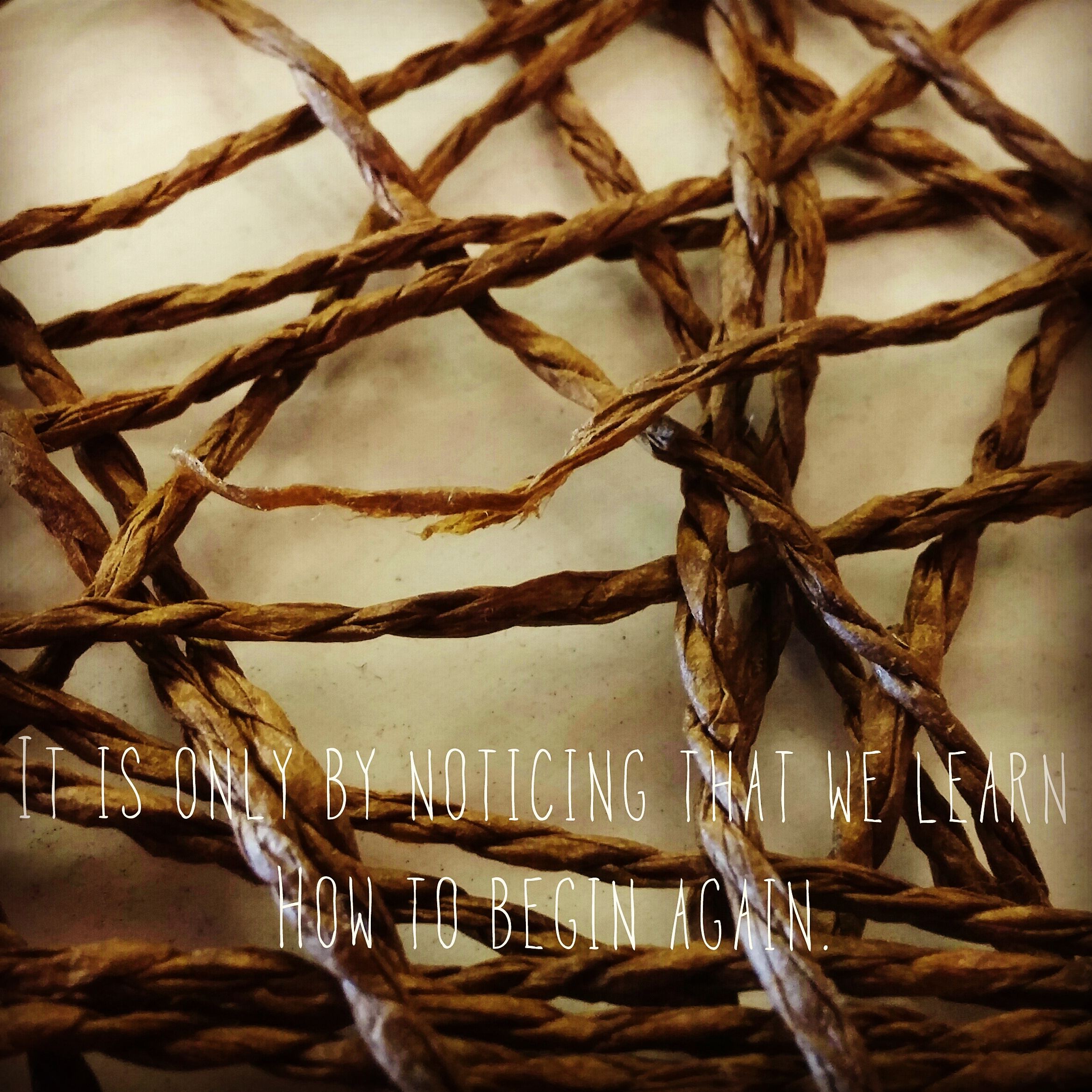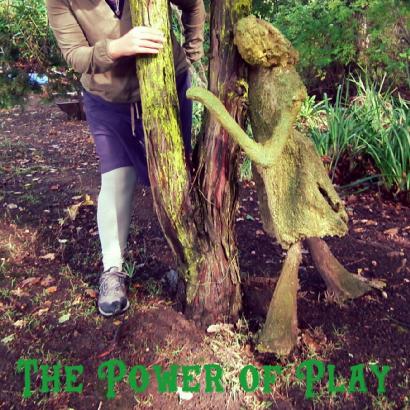Leading with PACE: Better Business Impact without the Burnout
 With news that South Africa faces a real slowdown in terms of economic growth for 2014 and forecast for even greater downward trends in 2015, the questions become, "How does one do more with less? How does one run a business which can create a better business impact without increasing the burnout of one's employees and one's self?"
There is a new model for leadership which addresses these things. It is called PACE based leadership. Its philosophical underpinnings are grounded in four new leadership practices which take into account the need to create greater traction with less resources. Leading with PACE focuses on Play, Agility, Curiosity and Energy to achieve this.
With news that South Africa faces a real slowdown in terms of economic growth for 2014 and forecast for even greater downward trends in 2015, the questions become, "How does one do more with less? How does one run a business which can create a better business impact without increasing the burnout of one's employees and one's self?"
There is a new model for leadership which addresses these things. It is called PACE based leadership. Its philosophical underpinnings are grounded in four new leadership practices which take into account the need to create greater traction with less resources. Leading with PACE focuses on Play, Agility, Curiosity and Energy to achieve this.
 When leaders adopt a playful mindset to the work which needs to get done, they become more comfortable in a world where boundaries aren't clearly defined and the landscape changes at a rate which is difficult to predict. It is not so much about building play activities into one's job. It is more about reminding oneself that when one is playful, we bring a sense of the present, of being mindful in the moment and a sense of focus to the work we are engaged in.
When leaders adopt a playful mindset to the work which needs to get done, they become more comfortable in a world where boundaries aren't clearly defined and the landscape changes at a rate which is difficult to predict. It is not so much about building play activities into one's job. It is more about reminding oneself that when one is playful, we bring a sense of the present, of being mindful in the moment and a sense of focus to the work we are engaged in.
There has always been a misguided comfort in the belief that the Business of Business is Business. Unfortunately this kind of thinking leaves one open to the very real danger of Overseriousness where work no longer feels like an adventure, where we start feeling cynical about the processes we are engaged in, disconnected from our colleagues, fueled with fatigue at what lies ahead and scared of taking risks and innovating beyond the known.
For Lego, the largest toy company in the world, when we adapt a playful approach, when we remember the joy of seeing work as play, as the place where we don't know the outcome of our endeavour, our attitudes change; we become more courageous and realigned to the work we do.
 Agility, the second part of the Pace based leadership model reminds us that being comfortable with changing course mid-direction is an important leadership quality to be able to call on. Apple is notorious for driving its professionals crazy for their constant mid directional changes. They are however changes which have built it into the most admired company, according to Forbes, in the world. Agile leaders are able to better mitigate their risks and hear the footsteps of the future approaching. Being agile, like being playful, is never just about one decision. It is an approach to leading.
Agility, the second part of the Pace based leadership model reminds us that being comfortable with changing course mid-direction is an important leadership quality to be able to call on. Apple is notorious for driving its professionals crazy for their constant mid directional changes. They are however changes which have built it into the most admired company, according to Forbes, in the world. Agile leaders are able to better mitigate their risks and hear the footsteps of the future approaching. Being agile, like being playful, is never just about one decision. It is an approach to leading.
Curiosity, the third piece to the PACE model of leadership, is an enabler of agile and playful practices. When we are curious, we notice other opportunities, we let go of our assumptions and make better commercial decisions; curious leaders are more able to rid themselves of dogma, prejudice and judgement. Being able to notice helps us to unlearn, to begin again in the middle, if need be.
 When we lead with PACE, we lead at a rate that feels resonant for each and every one of us. It requires that we change our mindset from focusing on the time we have available to the energy required to complete the task at hand.
When we lead with PACE, we lead at a rate that feels resonant for each and every one of us. It requires that we change our mindset from focusing on the time we have available to the energy required to complete the task at hand.
Leading with PACE gives us the tools to reframe our thinking, engage and connect meaningfully with others and avoid the burnout so often associated with trying to match the speed of the environment we are operating in. It provides counter tools to the traditional methods of control and command and enables leaders to reshape their leadership challenges with energy, ease and insight.
 Elaine Rumboll has developed a one day masterclass on Leading with PACE. The programme has been designed for organisations looking to generate a more meaningful impact through less resources, and to gain more traction through a more fulfilling way of leading and doing. For a detailed description of what the masterclass entails, download the pdf here.
Elaine Rumboll has developed a one day masterclass on Leading with PACE. The programme has been designed for organisations looking to generate a more meaningful impact through less resources, and to gain more traction through a more fulfilling way of leading and doing. For a detailed description of what the masterclass entails, download the pdf here.
Play as a Design Tool for Leadership Development
 It has been shown in Australian business that only 58% goes on work that adds “real value” to organisations, with the inefficiencies costing business $109 billion in wages every year.
The figures are, I have no doubt, similar in South Africa. In fact, according to the World Competitiveness Yearbook (2012), South Africa is rated 50 amongst 59 countries. When more than half of our time is spent on solving the wrong problem, surely it is time to try a different methodology?
It has been shown in Australian business that only 58% goes on work that adds “real value” to organisations, with the inefficiencies costing business $109 billion in wages every year.
The figures are, I have no doubt, similar in South Africa. In fact, according to the World Competitiveness Yearbook (2012), South Africa is rated 50 amongst 59 countries. When more than half of our time is spent on solving the wrong problem, surely it is time to try a different methodology?
It is frequently the case that in instructional design, a ‘red thread’ or programme director is used as the touchstone of meaning making in an organisational or leadership development process. Although this a fair way to increase the sensemaking and to develop the emergent outcomes (outcomes that only begin to appear once processes and conversations have begun), it is not enough to ensure we are focusing on the right problems.
I am currently in the middle of a MOOC on Creative Learning being run by MIT and there is an insight which I want to share. Mitchel Resnick argues that the pattern of learning in Kindergarten children are ideally suited to the needs of the 21st century.
The process that he has observed in children when they learn involves six moments: 1) Imagine 2) Create 3) Play 4) Share 5) Reflect 6) Imagine (again)
With my interest in Curiosity as a critical leadership development tool and the knowledge that we often focus on the wrong problems, I decided to experiment with his insights and used this process as a basis for the design of a one day Leadership Masterclass on Agility. I have just run it in Melbourne, Australia. Here is an example of one of the sessions in the day using Play as a design tool, matching exercises I would otherwise have run in a different order now in the structure of Play:
Imagine: X BELIEVES THE WORLD WOULD BE A BETTER PLACE IF... Create: CHOOSING THE RIGHT PROBLEM TO WORK ON Play: SPEEDBOAT CHALLENGE Share: POWERFUL QUESTIONS Reflect: CHOOSE ONE TO WORK ON AND WHY Imagine: IF YOU COULD CHANGE YOUR LIMITING BELIEFS WHAT WOULD BE DIFFERENT - WALKING THINKING PARTNERSHIP
What felt different from this workshop to any other I had run was the investment by the participants and the amount of laughter it generated. Kindergarten kids laugh 250 times a day. Middle aged people laugh 15 times a day. We spend so much time trying to do everything and doing it faster and not enough time laughing, reflecting, enjoying, and focusing on the important. However, it was not only laughter it generated. Using Play as the basis for a structure really helped us get to the nub of some of the complex issues in a way which did not feel fearful. Instead it generated a depth and a focus for tackling serious problems that felt had ease and congruence.
From the experience of using Play as a design tool, it is my contention that PLAY has a profoundly important role to play when it comes to identifying, tackling and solving 21st Century problems in the world of Business, Government and Education.
Creative Entrepreneurship – Going Beyond the Business Plan
 This is a post written for my Business Acumen for Artists students at UCT GSB.
This is a post written for my Business Acumen for Artists students at UCT GSB.
Background
Much of the criticism levelled against the use of a business plan for artists has been that many wanting to start a business have neither a need of venture capital nor a bank loan. Traditionally, business plans have been viewed as useful for these kinds of endeavours. I have changed the nature of this session to be focused on Creative Entrepreneurship because I do think there is a difference in how you should approach your business plan but am also in agreement that this kind of conceptualisation and planning are needed to start something which has validity and durability in the market - notwithstanding that it helps you build credibility with potential suppliers and customers. Thinking hard about what your business is really going to be about more clearly defines your offering and helps you notice the blindspots.
A business plan has been described as a roadmap – a way to plan how you get to your destination. Inherent in this thinking is the understanding that there is more than a singular way to get someplace. What are the resources, maps, means of transport you would need to get to where you need to?
Although a roadmap is important there are certain other things which I found to be as important. Firstly it is to understand the fundaments of what you are going to build. If your foundation is not strong enough, no manner of effort and determination will make it lasting. So the key question you need to ask yourself before you plan your journey is WHY?
What is the PURPOSE of what you want to build?
Next relates to the VALUES you will drive in your business.
What are the non negotiable in terms of what you want to build?
What are you going to stand for – what is the MANIFESTO behind what you are building?
What would make your business not worth doing?
Next comes the DIFFERENTIATION.
What makes your product/service special and different to other people operating in the same markets?
Define what you and WHAT YOU WON"T DO – by not being all things to all people, you generate a manageable lens for others to understand what your offering is and make it easier for them to choose you. don’t do everything.
What resources do you have?
Critical is the understanding of what your cashflow will look like. No matter how phenomenal your business is, without cash it will collapse.
What is your BURN RATE – how much does it cost to keep your business going? Daily, weekly, monthly and annually.
As this business plan is an EVOLVING document, it is important to revisit it monthly and ask yourself:
Where are we?
Are we on track – what do we need to do differently?
What have I learnt – what assumptions am I holding to be true which aren’t anymore?
Thanks to Dave Duarte for helping me formulate the questions for you!
Creativity can’t change the world
I have always held the belief that a more creative workforce can change the world. This view was challenged in the best possible way by one of the most extraordinary thinkers that I have yet to come across at the Design Indaba. Alejandro Aravena is creating the impossible in the low cost housing environment by challenging assumptions about what it means to build architectural structures for the poor. It is worthwhile to have a look at some of the work that he has been doing on this in Chile. It is inspiring and perhaps the solution we are looking for in addressing our own low cost housing challenges in South Africa.
The 'dotank' work he is doing is exceptional but the tenet which underlies his thinking is for me even more hard hitting. He has to my mind reconstituted the notion of creativity and the kind of work it can do for us in multiple disciplines. Here is how some of that thinking goes:
It is not because ideas have not been developed that people are galvanised to action, but rather that what has been proposed does not seem to be sufficient. This is what inspires and drives people to creativity. Therefore it is not that creativity changes the world but that the world changes and we therefore need to be creative. Creativity, according to Alejandro Aravena, is what emerges when there is not enough available knowledge to provide a solution. If there were sufficient knowledge there would be no need to be creative. Creativity can’t change the world. It’s because the world changes that we need to be creative. Creative is thus not a goal but a consequence. And for it to be an elegantly crafted consequence, the key elements must be constructed around the three key elements of relevance, precision and irreducibility.
It is for this very same reason that creativity should not be propounded as a drive for solutions but rather as a place to craft incisive questions and provocative possibilities in a world where the rate of change is happening faster than our ability to respond to it. And it is this reality which demands an ongoing construction of the possible.
After all, answers never change the world but questions certainly do. And it is creativity with its muse of curiosity which does this so very well.



